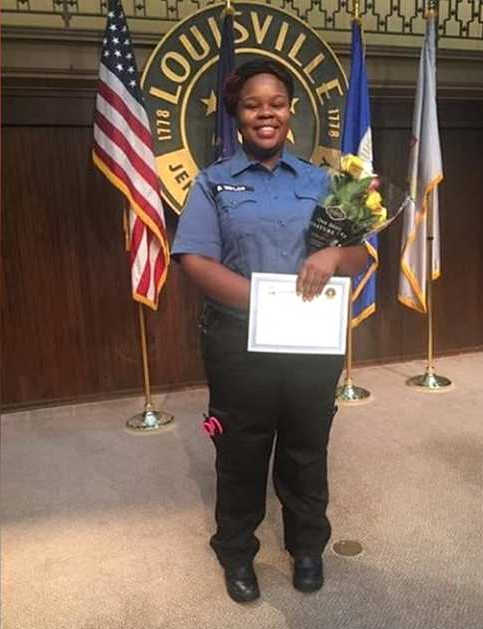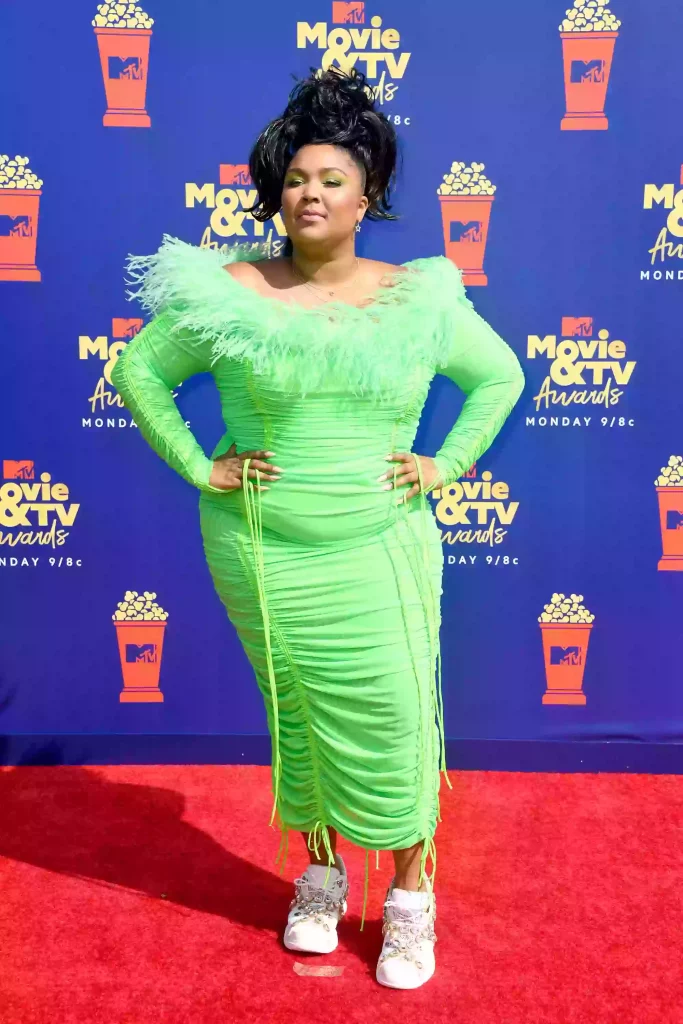A grand jury indicted former Louisville police officer Brett Hankison on three counts of putting someone in aggravated danger connected with the deadly shooting that led to Breonna Taylor’s death in March 2020. It was March 13, 2020, at 12:30 AM midnight. Louisville Metro Police Department (LMPD) raided #BreonnaTaylor home at Kentucky’s Apartment, and the incident happened there.

#BreonnaTaylor shooting case protester demands serious charges
Table of Contents
The charges drew immediate criticism from protesters who wanted more serious costs and the three officers’ arrest involved in the events. Hankison is not accused of causing Taylor’s death. Instead, the Police Department said, he fired “senseless and blind” at Taylor’s apartment, firing 10 times.
According to the Kentucky statute, someone “is guilty of putting someone in aggravated danger when, in circumstances that manifest extreme disregard for the value of human life, they voluntarily engage in conduct that creates a substantial danger of death. Or serious physical injury to another person ”.
The charges in the Breonna Taylor case
It is a Class D felony, the lowest of four classes of felonies. The maximum penalty is five years in prison; the minimum is one year. If convicted, Hankison faces five years in prison on each count, Attorney General Daniel Cameron said at a news conference Wednesday. A Class A felony, for example, a murder charge, carries a sentence of up to 50 years or life in prison and a minimum sentence of 20 years.
Hankison’s shots came “from outside a sliding glass door and through a bedroom window,” according to a statement from the Attorney General’s Office. Some of the bullets went through Taylor’s apartment and into the next door, where three people were inside, including a pregnant woman and a child.
The three counts are for each of the people who were in the apartment, and each count states that “in circumstances that manifest extreme disregard for human life,” Hankison “fired a senseless weapon.” “There is no conclusive evidence that bullets fired from Detective Hankison’s gun hit Ms. Taylor,” the attorney general’s statement reads.
Taylor was shot several times in his home by police conducting a drug investigation. Her death sparked months of protests and has drawn attention across the country under the banner of #Blacklivesmatter. Cameron told reporters that the officers were “justified in using force” because Taylor’s boyfriend, Kenneth Walker, shot them first. Sergeant John Mattingly and Detective Myles Cosgrove were not charged.
The minor changes are not surprising.
Of the 22 shots fired by the two that night, six-hit Taylor, according to the attorney general, and “medical evidence shows that Mrs. Taylor would have been killed by the fatal shot within seconds or two minutes after being hit.”
Retired Sgt. Betsy Brantner Smith, a spokeswoman for the National Police Association, said situations like the one officers experienced that night are “very dangerous” and “dynamic.” The agents have no other choice. They can’t just run away, and they can’t just stay there and die, ”Smith said.
“It was an excellent decision for the state to present this to a grand jury,” Smith said. «It is a summoned group of citizens. So the citizens of the state, or some Kentucky citizens, made this decision based on the facts presented.
Professor Philip Stinson of the Bowling Green State University Criminal Justice Program in Ohio said he was not surprised by the lesser charges.
Stinson keeps an account of police duty shootings and their aftermath. He says there are about 1,000 of these each year, “and only a few times a year … they charge an officer with murder or manslaughter as a result of these shootings.”
While officers can legally use deadly force if they feel they are an imminent danger, it is difficult for prosecutors to explain to the victims’ families, Stinson said.
It is “a lack of respect for blacks.”
Ben Crump, a lawyer for Taylor’s family, rejected the charges, saying they should have been “aggravated murder.
“How ironic and typical it is that the only charges brought in this case were for shooting at the apartment of a white neighbor, whereas no charges were brought for the shooting at the black neighbor’s apartment or Breonna’s residence,” Crump said. In a statement.
“This amounts to the most egregious disrespect for blacks, especially black women, killed by the police in America, and it is indefensible, regardless of how Attorney General Daniel Cameron seeks to justify it.”
Breonna Taylor’s family is “devastated.”
Breonna Taylor’s family is “devastated, outraged, and heartbroken,” Crump told a news media on Thursday.
“The outrage, and the fact that Daniel Cameron apparently did not present any evidence as to why the police were there, executing this dangerous arrest warrant, we believe is unconstitutional, unjustifiable, and based on a lie,” Crump said.
“What did (the Attorney General’s Office) present to the investigative jury? That’s the question everyone is asking, ”Crump said. When asked what’s next for the family, Crump responded that the FBI is investigating the entire execution of this court order and all agents involved to see any civil rights violations against Taylor.





